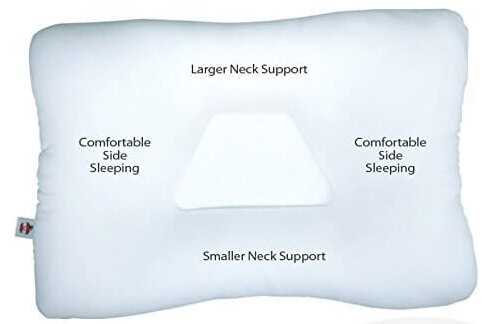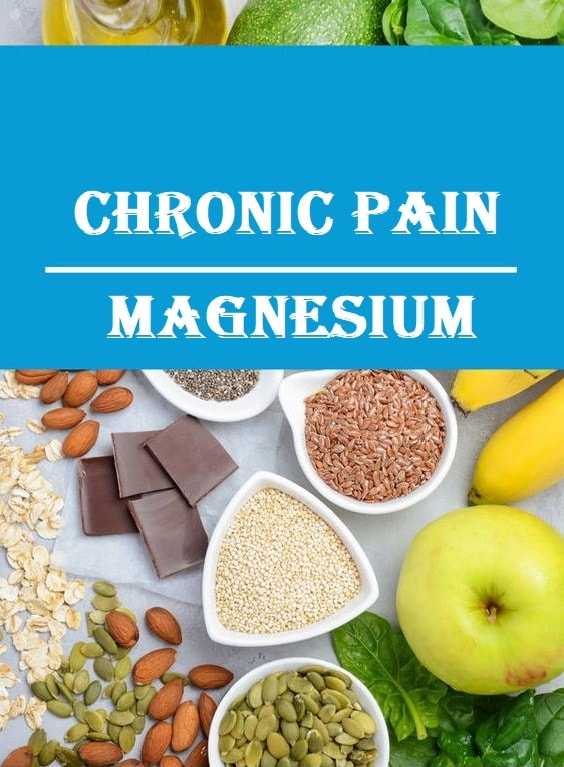A Short Note on Frozen Shoulder
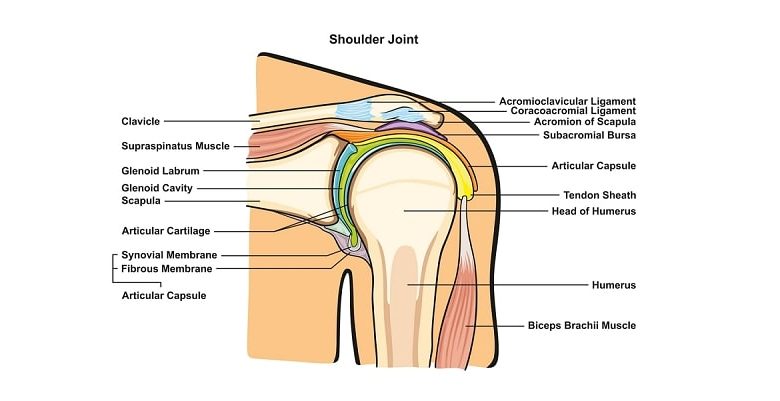
Frozen shoulder
A term covering a variety of conditions that cause pain and limit shoulder movements.
Causes
The term ‘frozen shoulder’ is more a description of the effects of shoulder pain than an explanation of the underlying disease process. The joint is literally frozen in position by pain. Uncertainty about the precise cause is mirrored by the many alternative terms for a painful stiff shoulder, for example subacromial bursitis, capsulitis and rotator cuff lesions.
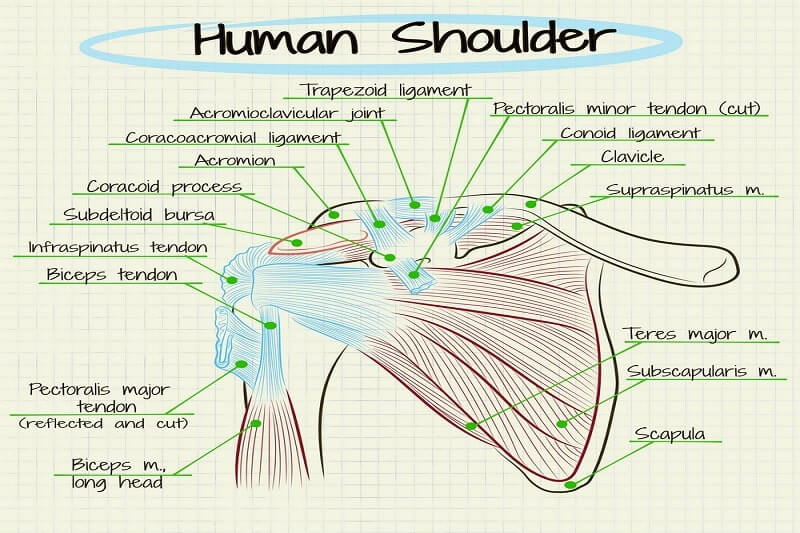
The shoulder joint is between the upper arm (the humerus), the collar bone (clavicle) and the shoulder blade (scapula). These are bound together by joint capsules, tendons and muscles in a way that combines strength with a wide flexibility of movement.
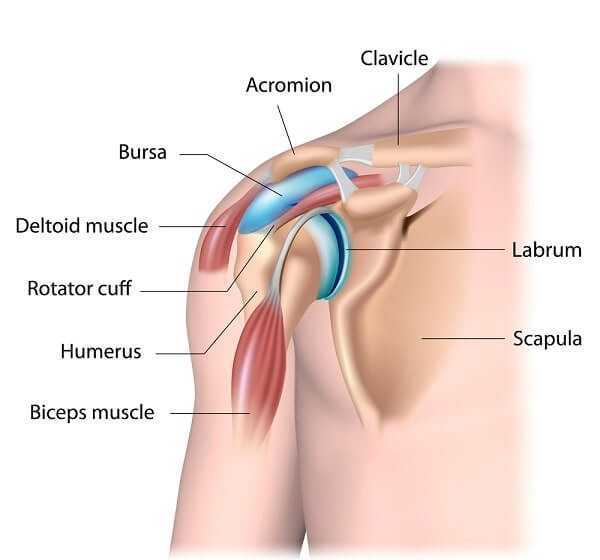
Usually, movement takes place in the ball-andsocket joint of the upper humerus (the ball) and the shoulder blade (the socket), stabilized by the clavicle. Several of the shorter muscles which move the arm meet in a fused sheath of muscle called the rotator cuff, which overlies the joints. The actions of the rotator cuff are supplemented by those of many other muscles, including the biceps and deltoids. At a rough count there are ten main muscles acting via a number of tendons and cushioned by two large fluid-filled sacs called bursas, which insulate the tendons from bone.
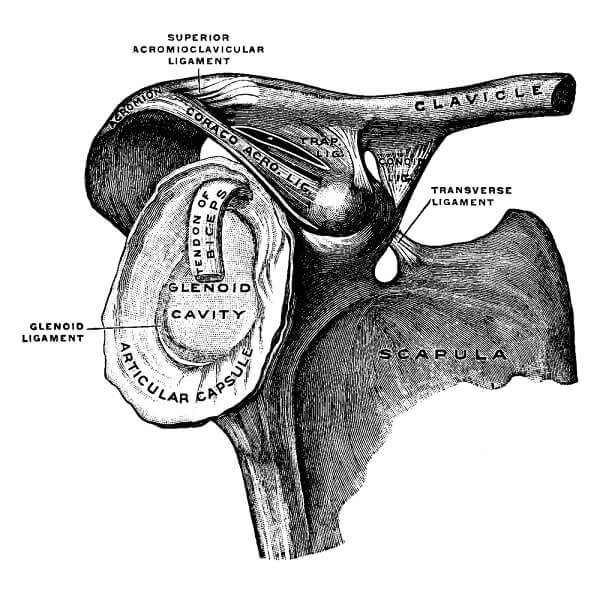
It is clear that there is plenty of opportunity for muscle fibres to tear through excessive force, for tendons to fray, for the fluid-filled sacs to inflame and for bone to rub. It does not take much effort to damage the shoulder and indeed one possible cause is simply disuse of the shoulder. It is fortunate that frozen shoulder usually affects one side only.
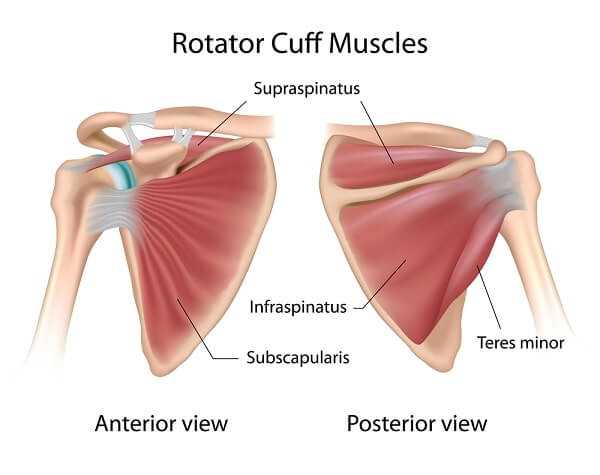

Symptoms
The main symptoms are pain and stiffness of shoulder movements, especially those involving rotation of the arm. Symptoms can vary from a twinge when the shoulder reaches a certain position to the situation where any movement of the shoulder is painful, a true frozen shoulder. Specialized examination can pinpoint reasonably precisely which muscles or tendons are involved by seeing which positions provoke pain.

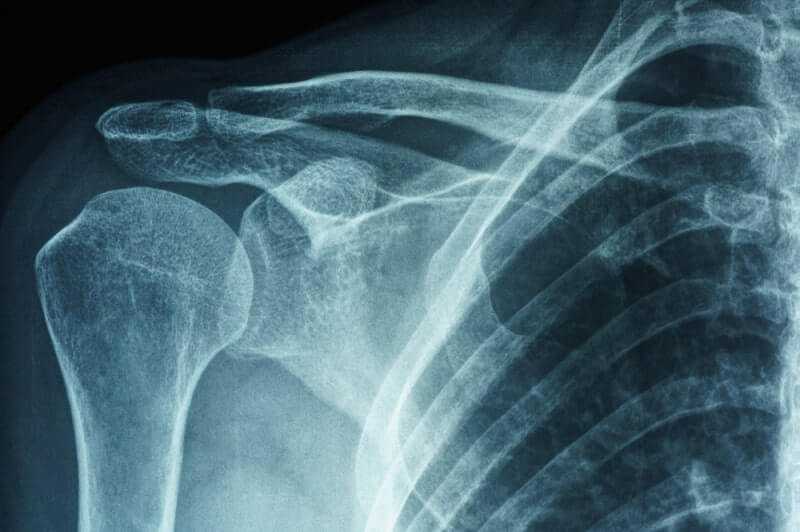
Treatment
There is a natural tendency for a frozen shoulder to heal with time, regardless of treatment, taking nine to fifteen months on average. The value of any treatment therefore has to be judged against this natural recovery time. Anti-inflammatory drugs are the logical first choices, but it is important to choose one that is least likely to cause stomach irritation because it will probably need to be taken for several months.
Having early physiotherapy to the shoulder helps prevent the additional stiffness arising from an individual’s understandable reluctance to use it. Heat treatment, ultrasound and exercises should relieve pain sufficiently and give back enough confidence to keep the joint in use. A steroid injection into a specifically painful site can be very effective.
In selected cases of frozen shoulder, an orthopaedic surgeon will need to look into the joint with a fibreoptic endoscope, for example if healing is delayed or if a surgical repair of a tendon is thought necessary.
Are X-rays helpful?
When is more urgent treatment needed?
How does movement occur if the shoulder joint is locked?
Complementary Treatment
Acupuncture increases the circulation of blood and energy, reduces inflammation and pain, and stimulates healing of damaged tissues. Alexander Technique. Chiropractic manipulation, mobilization and soft tissue techniques are very effective. Ayurveda recommends regular oil massage and yoga. Osteopathy can offer highly specific manual treatments. Rolfing restores mobility by lengthening the compressed tissues. Other therapies to try: shiatsu-do; cymatics; yoga; tai chi/chi kung; Hellerwork.


